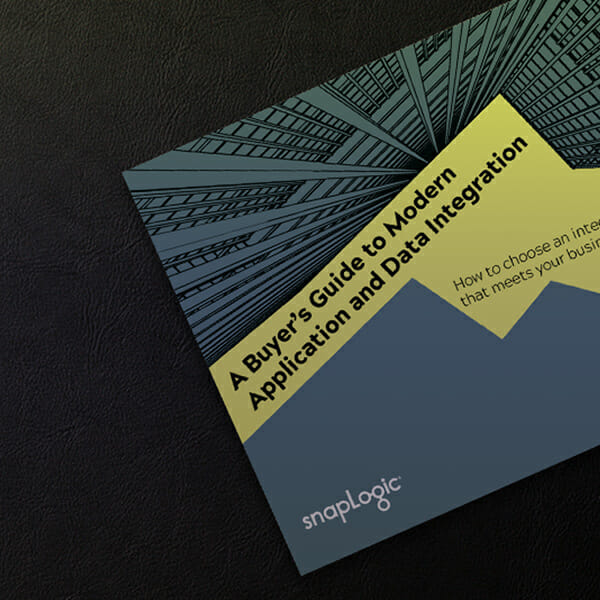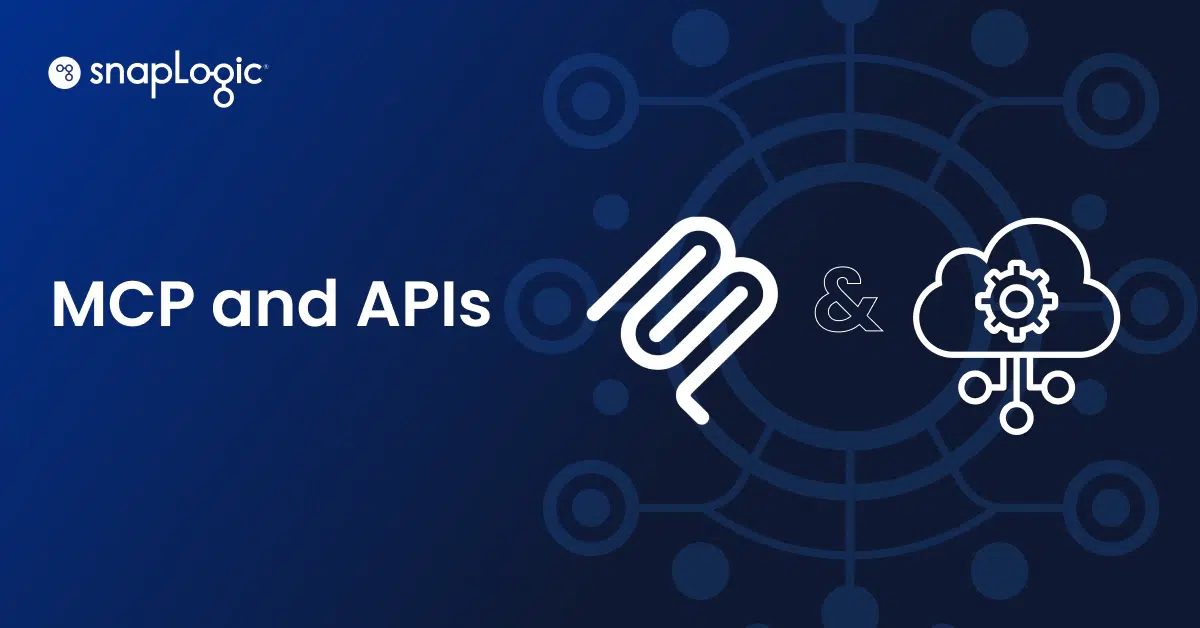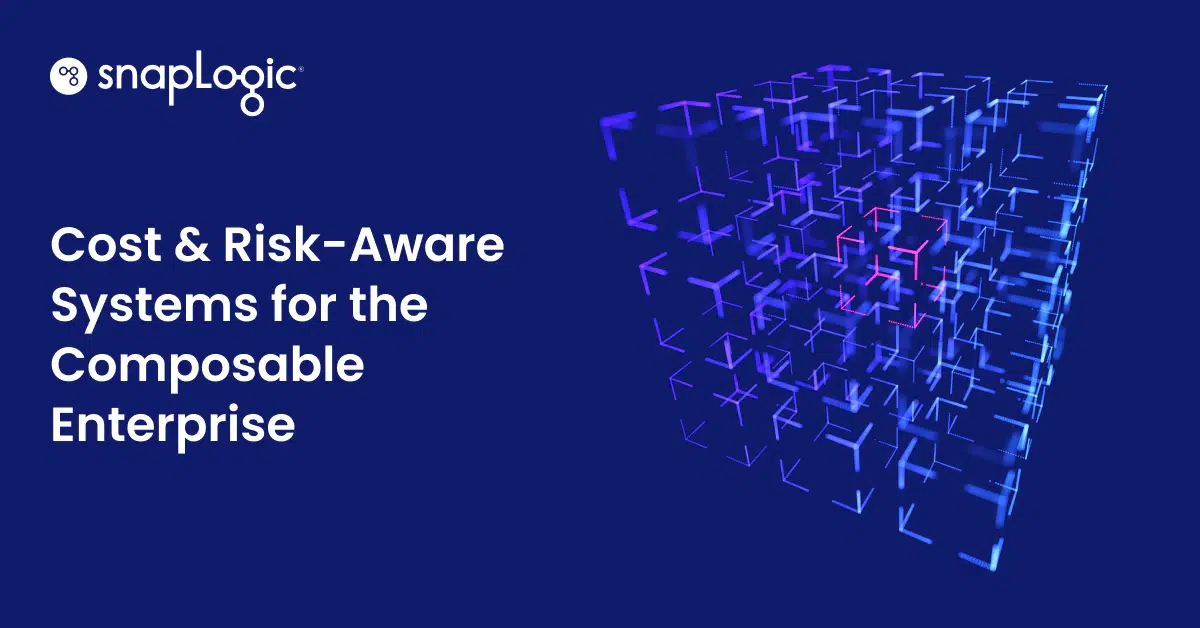Sisyphean: A task that is both laborious and futile. Sound familiar?
As it turns out, integrating data and applications can be epically perilous. For starters, you’ve got to battle technology that is inherently hydra-like, with each integration requiring two interfaces that must be built and maintained. And, as your data and application integration needs grow, it’s easy for an IT professional to feel like Sisyphus, the mythological Greek king who, as punishment for his craftiness and deceit, was forced to roll an immense boulder up a hill only for it to roll down when it neared the top, repeating this action for eternity.
If you’re not careful in establishing a modern enterprise data and application environment, you’ll soon face the Sisyphean task of relying on ancient technology to keep pace with users’ ever-growing demands for more data.
Don’t build a boulder
In my first blog post on this topic, “It’s no myth: A guide to taming the hydra of enterprise integration,” also a riff on Greek mythology, I wrote:
It’s clear that the current technology and tools your company uses for data integration are inadequate; exploring the reasons why will help to define the requirements for the new application and data integration solution you’ll choose. You can think about those requirements in the context of the five important questions you’re undoubtedly asking yourself right now:
- What does the business need?
- What does the IT organization need?
- What does the data need to do, now and in the future?
- Is the application (and database) integration technology truly modern?
- How can we get the most performance for the lowest TCO?
This post focuses on how you can ensure that your application and data integration environment is built to handle current and future data requirements, provide a modern architecture, and high performance/low TCO. In other words, not a Sisyphean boulder (thankfully).
What does the data need to do? Integrate at multiple endpoints
You are probably using separate tools to extract, transfer, and load data (ETL), and multiple integration applications. The right application and data integration platform will replace multiple silos of skill sets and technologies. The right platform should also incorporate a high level of intelligence to simplify legacy endpoint support, speeding integration tasks by 25 percent or more.
A checklist for multipoint integration
Application integration developers are responsible for a high number of endpoints to move data into and out of, daily. The application and data integration platform should allow both IT professionals and citizen integrators to be productive, even when integrating data from legacy endpoints.
A checklist for multipoint integration
- Simple and complex orchestration consolidates data, application, and process integrations through a single enablement platform.
- Hundreds of pre-built connectors allow the vast majority of enterprise endpoints to be integrated immediately, without coding; think “click, don’t code.”
- Data integration (data warehouse, big data, etc.) capabilities allow the full range end users to self-serve without IT intervention.
- Application integration (SaaS, ERP, etc.) enables both data and process flows to be exchanged, creating customized environments quickly.
- A Java software development kit (SDK) speeds custom cloud connector development, critical for integrating internally developed applications.
- The ability to connect multiple deployment environments, such as on-premises, cloud, and hybrid, addresses current needs while supporting future growth.
Is the technology modern? Defining the right architecture
In enterprise IT environments, strategic visions of “disruption” and “digital transformation” are tempered with the reality of “peaceful coexistence” and an enterprise service bus (ESB). This is the operating environment that any new application and data integration will be dropped into; you’ll need to support the business in the most effective, cost-efficient way possible while accommodating the trilogy of legacy, existing, and future technologies.
A checklist for modern architecture
The right application and data integration platform should embrace emergent technology such as the Representational State Transfer (REST) API, an architectural style that takes advantage of existing communication protocols and supersedes Simple Object Access Protocol (SOAP) as the enterprise gold standard.
A checklist for modern data architecture:
- A 100% REST-based architecture reads and writes data between applications incorporating HTTP and HTTP Uniform Resource Identifier (URI), affording library-less integration functionality.
- Parity between on-premises and cloud deployments smooths the transition between the two environments, or in hybrid combinations of the two.
- Elastic scale-out architecture seamlessly supports new workloads or spikes in processing requirements.
- Multi-tenancy lets development teams create integrations once and then serve multiple businesses and projects.
- API-readiness eliminates manual updates by letting users consume APIs of any application they want to integrate and build APIs to any application in REST format.
- Native support for poly-structured data such as JSON enhances the performance of critical data-interchange formats.
- Pre-built capabilities for ASCII, EBCDIC, and other common formats let data from mainframe and other legacy applications to be quickly integrated.
- Multiple integration modes accommodate event-based, real-time, batch, or scheduled activity.
- Big data and IoT integration allow very large amounts of data to be quickly ingested from virtually any source, including IoT device logs.
How can we get the most performance for the lowest TCO?
Manual application and data integration is a Sisyphean IT task: labor-intensive and never-ending. The right application and data integration solution can produce cost savings and lower total cost of ownership (TCO) in multiple ways:
- Less time and fewer full-time employees (FTEs) to build, manage, and update individual integrations and pipelines.
- Systemic efficiency gains through newfound collaboration capabilities, through sharing, re-use, and real-time shared development.
- Lower cost of replacing legacy technology by supporting legacy technologies (such as ETL, ESB, file transfer protocol [FTP], and XML) within the new integration paradigm, as well as data stored on-premises and in the cloud.
What should the provider deliver?
- Proven expertise in application and data integration
- Demonstrated innovation in the rapidly evolving iPaaS solution space, including “leader” rankings by industry analysts
- Worldwide support and world-class customer service
- A stable track record that instills your confidence in a future business relationship
To learn more about how a modern platform brings an end to the Sisyphean task of application and data integration, download the ebook “A Buyer’s Guide to Modern Application and Data Integration.”













